There can be your advertisement
300x150
7 Questions About Home Insulation: Answered by a Professional
What you need to know before insulating a private house
Quality thermal insulation depends on materials, their correct quantity, a well-thought-out insulation scheme, and adherence to installation technologies. Together with an expert, we explain what you need to consider during the work.
Igor Barkan Expert Production Director at company "Master" 1. What insulation method should you choose?
External facade insulation or multi-layered structures are most commonly used: when the insulating material is placed on the outside of the house, covered with siding or facing brick. Internal insulation was previously avoided due to increased wall thickness and the possibility of condensation formation.
With "LOGICPIR Wall" TECHNOTRONIC material, this issue does not arise: the minimal thickness of the material allows preserving maximum room space. Insulation made from polyurethane does not absorb moisture and has a reliable foil vapor barrier layer, so you don't need to worry about condensation.
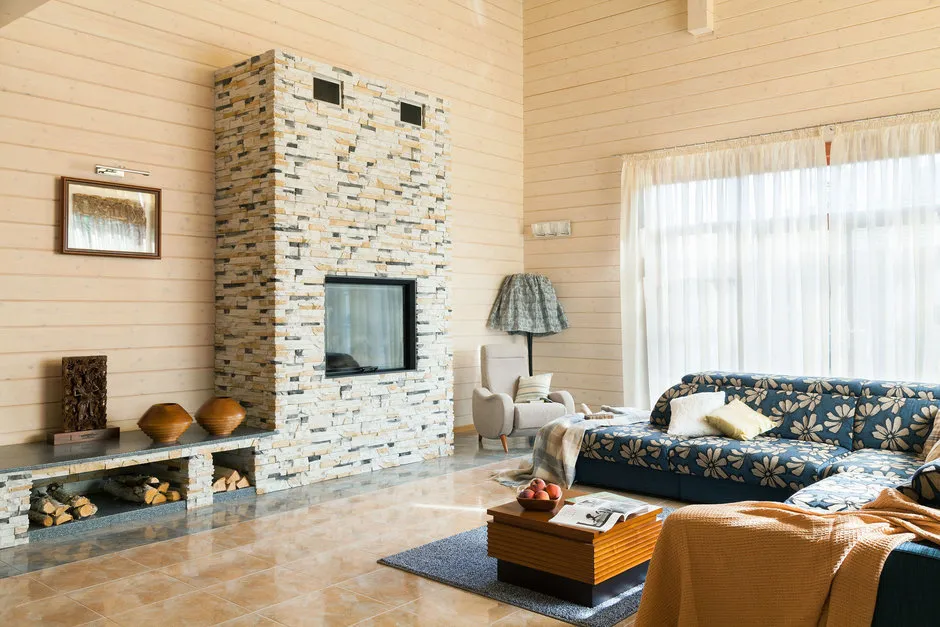 Design: Irina Krivtcova. 2. How to calculate the amount and thickness of thermal insulation material?
Design: Irina Krivtcova. 2. How to calculate the amount and thickness of thermal insulation material?When calculating, consider the building type, regional climate specifics, construction element features (roof, walls, attic, basement), and overall energy efficiency of the space. A very dense insulating material does not guarantee quality: what matters more is its thermal protection properties and thermal conductivity coefficient (the lower the better).
3. Can one type of insulating material be used?When choosing thermal insulation material, it's important to consider the specific features of each part of the house: insulating material for floors must have high mechanical strength. When selecting material for the roof, pay attention to high moisture resistance, temperature fluctuation stability, fire safety, and ease of installation.
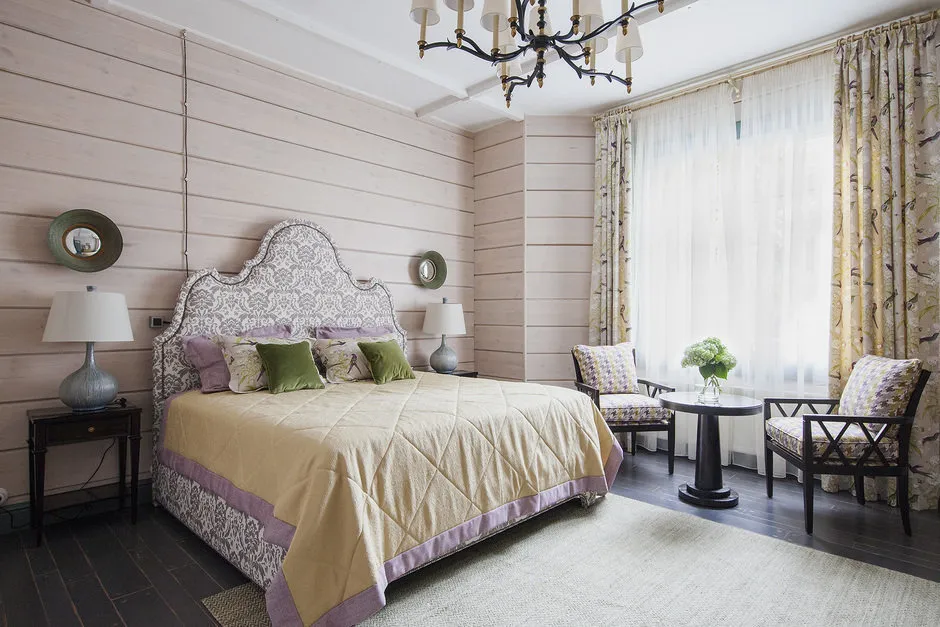 Design: Prosperity Studio. 4. How to save money on insulation?
Design: Prosperity Studio. 4. How to save money on insulation?Where you definitely shouldn't cut corners – is in material quality. If possible, order an insulation project from a specialized organization – they will determine optimal characteristics of insulating materials, and you can reduce material costs and achieve the desired result.
Also, read instructions carefully: manufacturers have different requirements for substrates and adhesives. For example, "LOGICPIR Bath" TECHNOTRONIC insulation does not require vapor barrier application (due to the foil layer) – which means you can slightly reduce your budget.
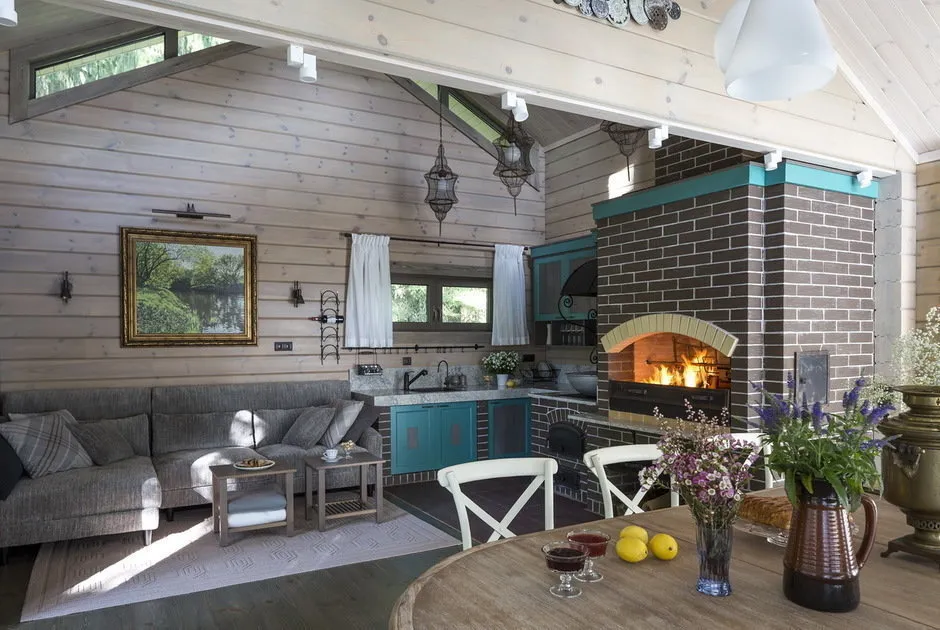 Design: Ksenia Bobrikova. 5. Can you insulate a house yourself?
Design: Ksenia Bobrikova. 5. Can you insulate a house yourself?Modern materials can be easily installed even by enthusiasts. For "LOGICPIR Wall" insulation panels, there are two alternative mounting methods: using facade anchors or adhesive method with "LOGICPIR" foam adhesive. Panel strength allows mounting guide rails (wooden or metal strips) directly on the insulation without breaking the thermal continuity.
Vapor barriers are installed on the room side, while hydro-insulation is applied on the street side. Without vapor barrier, warm humid air will form condensation inside the coating, leading to moisture accumulation that reduces thermal protection. In turn, hydro-insulation film protects the material from wind and water on the outside.
 Design: "Palex-Str". 7. How to quickly check the quality of insulation?
Design: "Palex-Str". 7. How to quickly check the quality of insulation?After completing the work, take thermal imaging photos of your house. You will immediately see all defects in performed work and heat loss spots from the house. It also becomes clear how well windows and doors are installed, and whether roofing was done properly. Thermal imaging works best in winter when there is a significant temperature difference between inside and outside.
 Design: Nasonov DesignWerke.
Design: Nasonov DesignWerke.On the cover: Nasonov DesignWerke project.
More articles:
 How to Ease Life as a Young Mom: 9 Ways
How to Ease Life as a Young Mom: 9 Ways Ceiling Suspended Ceilings from Gypsum Board for Living Room with Photos
Ceiling Suspended Ceilings from Gypsum Board for Living Room with Photos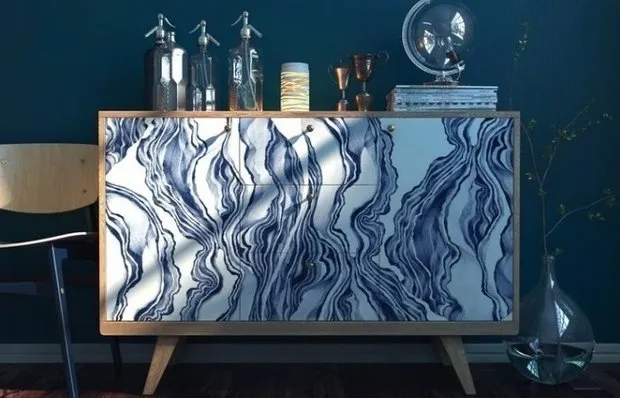 7 Designer Items Worth Spending Money On
7 Designer Items Worth Spending Money On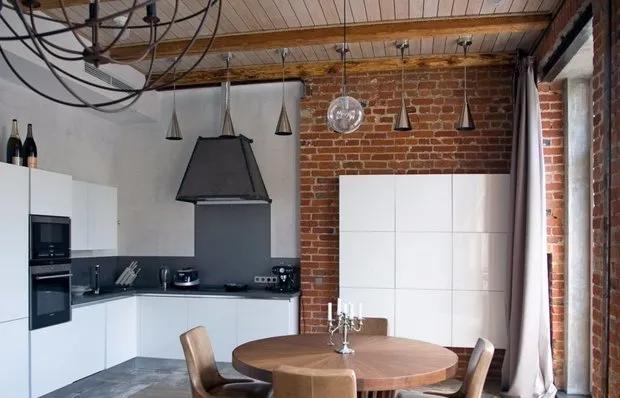 Ceiling Beams, Decorative Beams for Ceiling
Ceiling Beams, Decorative Beams for Ceiling How to Prevent Fire in the House
How to Prevent Fire in the House Large Apartment: Tips for Layout Planning
Large Apartment: Tips for Layout Planning 13 Secrets to Save Family Budget When Paying for Housing and Utilities
13 Secrets to Save Family Budget When Paying for Housing and Utilities 10 Rules of Design by Abigail Ahern
10 Rules of Design by Abigail Ahern